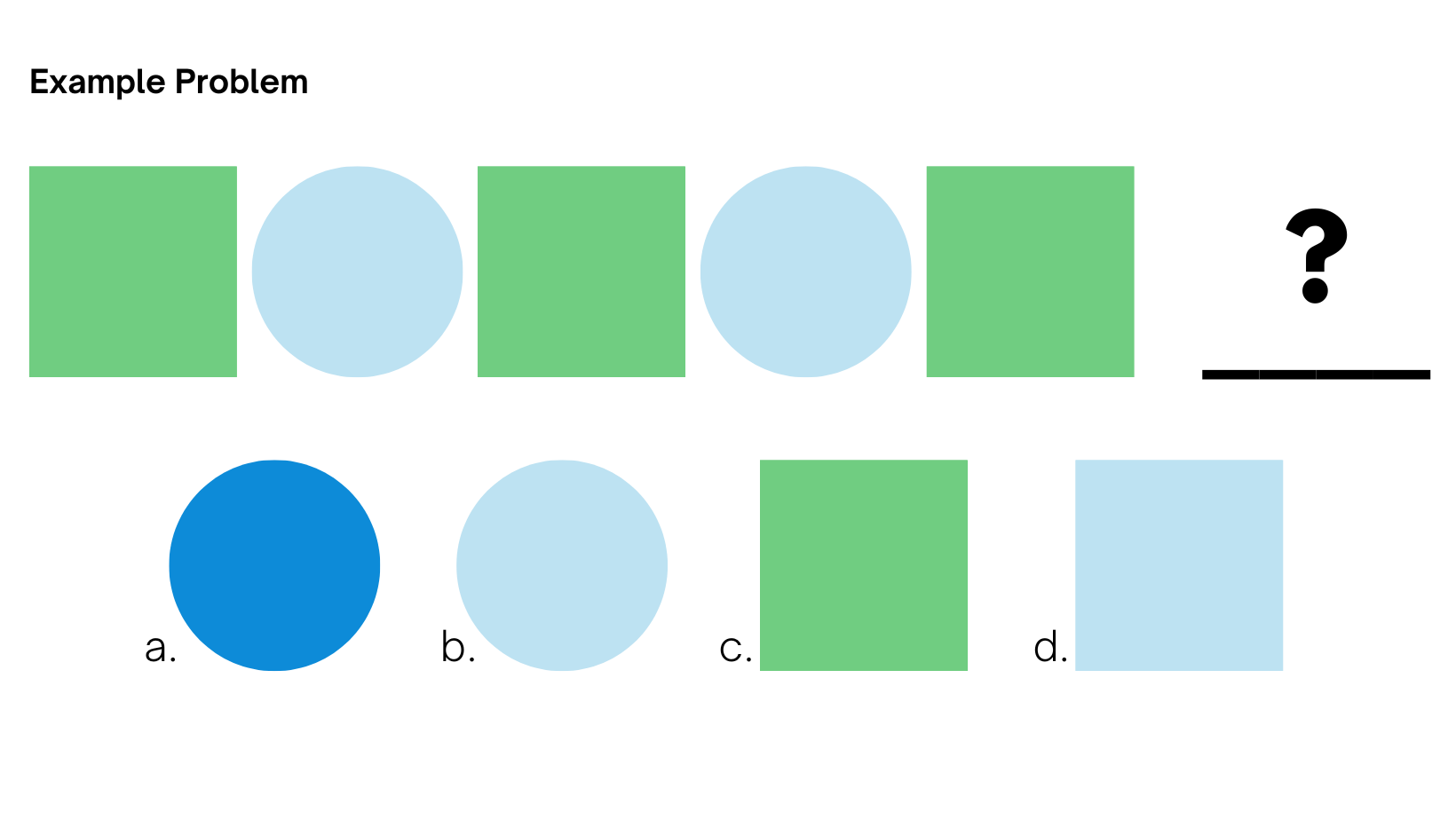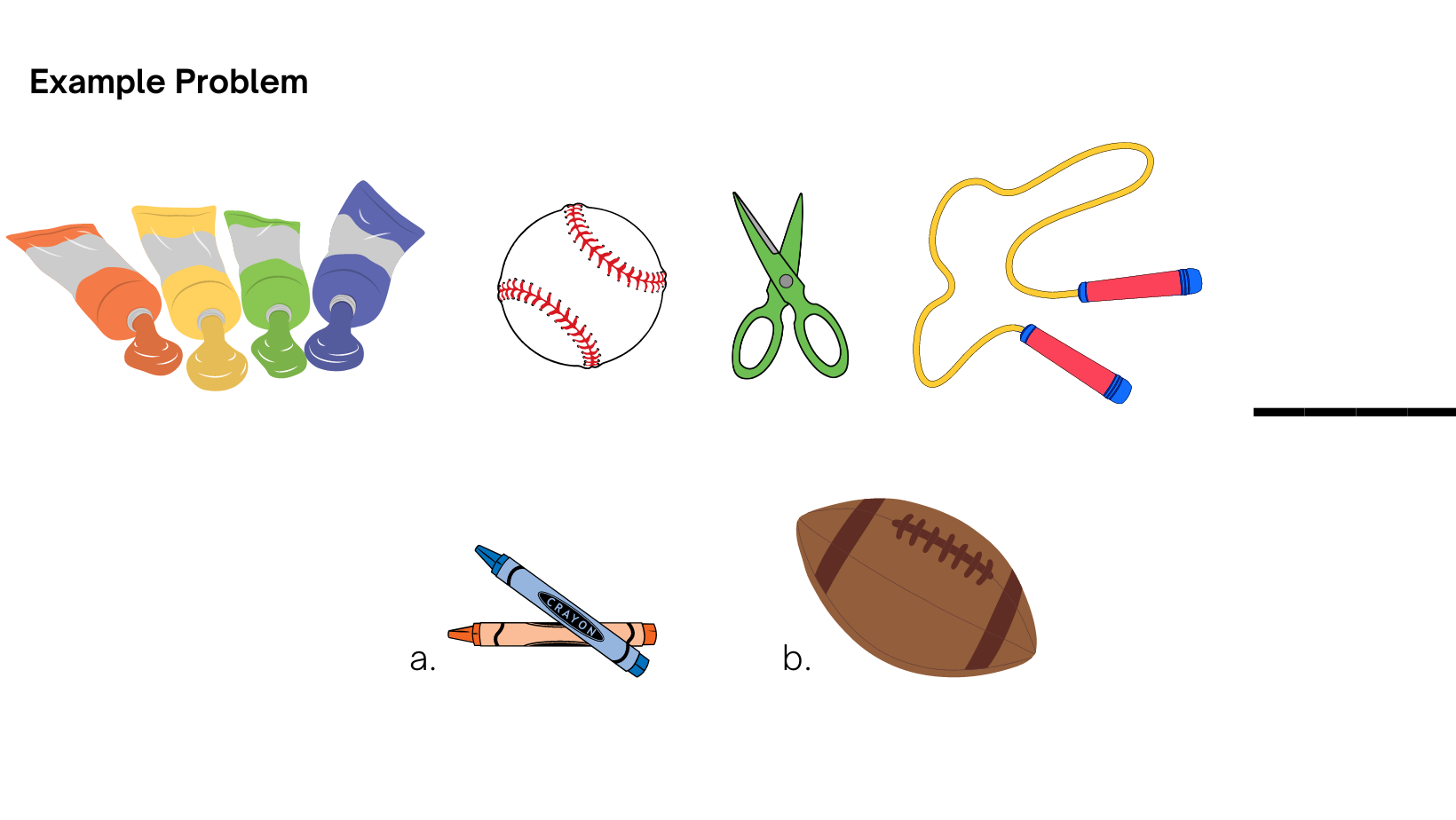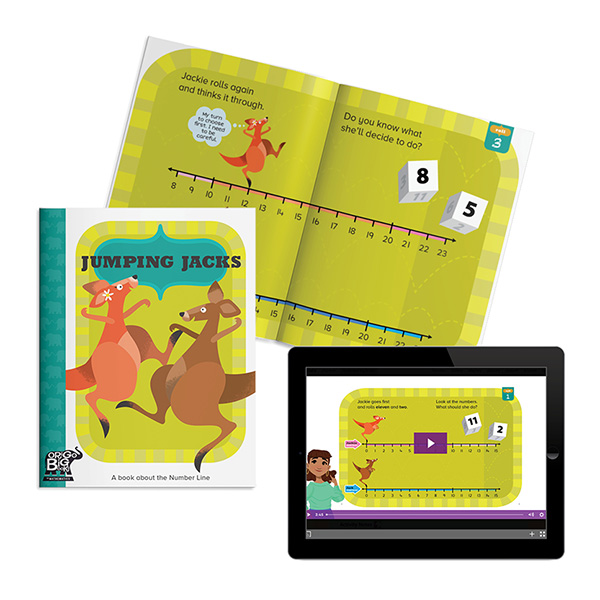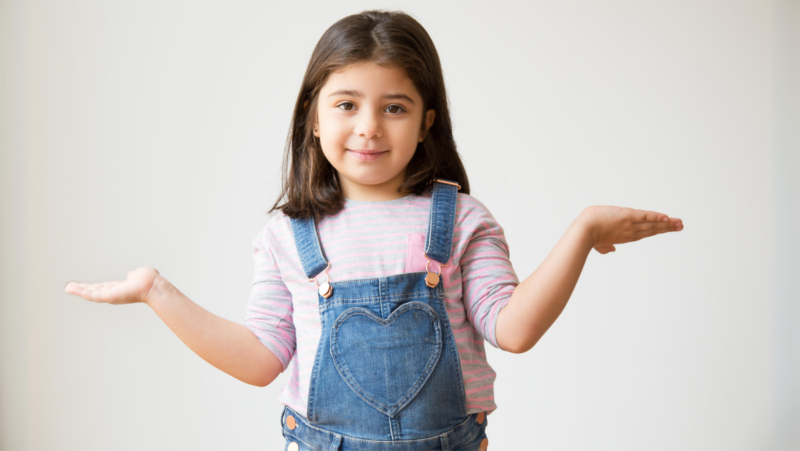Insights
What Comes Next? Pattern Tips and Activities
Engaging in pattern activities enhances children’s number sense and ability to observe. By analyzing patterns, children practice predicting what comes next, which is crucial for developing a strong foundation in math. These observation skills gained from working with patterns are essential for mastering more advanced mathematical concepts. Research has indicated that children who understand the basics of patterns often do better understanding more complex mathematical skills.
There are three main types of patterns: repeating, growing, and shrinking. An example of a repeating pattern would be ABABAB. The core of the pattern is the smallest part that repeats (i.e. AB). A growing pattern might look like 2, 5, 8, 11, 14… The numbers increase in a predictable way, in this case increasing by three each time). A shrinking pattern is the opposite of a growing pattern as the numbers decrease in a predictable way. For example: 92, 88, 84, 80… with the numbers decreasing by four each time.
Growing and shrinking patterns are great for students to practice number sequencing skills like skip counting. Addition, subtraction, multiplication and division skills can all be improved as students practice sequencing with fact families. For example, in the seven addition fact family, students would start with 1 + 6 = 7, 2 + 5 = 7, 3 + 4 = 7 showing how, as the first addend grows by one, the second addend shrinks by one. When practicing the four multiplication table, students would demonstrate a growing pattern of 4, 8, 12, 16, 20, 24… To practice the four division table, they would use a shrinking pattern of 48, 44, 40, 36, 32…
Discuss and explore various attributes including:
- Size (small, medium, large)
- Color (including shades like light and dark blue)
- Shape (circle, square, round, straight)
- Attribute blocks are a helpful manipulative for students to explore these concepts. Students can make “trains” where each shape changes from the previous by only one attribute (one-change trains) or by two attributes (two-change trains).

- Texture (soft, hard, rough, squishy, prickly)
- This can be a great opportunity to bring in some tangible examples for your students to experience first-hand. Examples could include: a soft stuffed animal, a hard baseball, a rough rock, squishy Play-Doh, and a spikey ball for safety.
- Temperature (cold, hot)
- Direction (turned to the right, upside down)
- Use this opportunity to incorporate fun maps for your students to color and navigate.
- Flavor (salty, sweet, sour)
- Smells (stinky, sweet/pleasant)
- Categories (sea animals vs land animals)
- Uses (things used in art class versus PE class)

Begin with simple a/b/a/b patterns of color, shape, or size. Then other attributes can be explored and added into patterns.
Have students name the pattern (not just the color, object, size, etc). Practice patterns that follow various sequences of a/b/a/b, a/a/b/a/a/b, a/b/b/a/b/b, a/b/c/a/b/c, a/b/c/d/a/b/c/d, etc. Lessons could incorporate pocket charts and mini-books as seen here: Hands-On Pattern Activities for Kindergarten – A Spoonful of Learning
Explore how patterns are included in the steps followed to solve mathematical equations involving addition, subtraction, multiplication, division. For older elementary grades, incorporate pattern activities that include whole numbers, decimals, and fractions. Following the order of operations is another way, older students learn to incorporate a pattern into their mathematical skills. These skills assist students with meeting numbers 7 and 8 of the Standards for Mathematical Practice.
Function tables, also known as in and out tables, rely on patterns to determine the rule of the table to solve what numbers are included in the table. Depending on the table, students need to use a variety of algebra-related problem-solving skills to fill in missing numbers. For example, sometimes instructions are given for students to add ten to each number to complete the table. Other tables require students to determine the difference between the two numbers and then apply that amount to the other numbers to complete the table.

Use visual aids and manipulatives to create patterns such as:
- Buttons
- Marker lids
- Stickers
- Crayons
- Beads
- Counting bears
- Blocks
- Legos
- Sequins
- Straws
- Pipe cleaners
- Colored discs
- Unifix cubes
- Pattern blocks (like tangrams)
- Colored paper
- Patterned paper
- Stamps
- Bingo markers
- Plastic links
- Colored popsicle sticks
- Pom poms
- Picture cards
- Playing cards (with red and black in a regular deck or multiple colors as found in Uno)

Create patterns by incorporating various movements like:
- Clapping
- Stomping
- Jumping
- Kicking
- Snapping
- Tapping (with foot, hand, or finger)
- Spinning (whole body, arm, leg, finger, etc.)
- Standing
- Sitting
Often we ask students to determine what comes next in a pattern. Remember to incorporate a variety of patterns into your lessons, including those with incorrect or missing parts. These allow students to use problem-solving skills to determine what doesn’t belong or what is missing from the sequence.
Also, teach students how to answer pattern questions such as “What would be the 11th number in the pattern A, B, C, A, B, C?” Students should recognize that the pattern repeats in groups of three. Since 11 is not a group of three, they could add two more groups of three to make 12 (ending on C), and then subtract one to make 11 which would be the letter B. To initially practice this type of logic, some students may require simple patterns and the use of manipulatives.
Another fun way to help your students with patterns is through literature with our ORIGO Big Books | Math Story Books | Pre K – Grade 2.

You can also explore these other titles:
- My First Book of Patterns by Bobby George
- Beep Beep, Vroom Vroom! by Stuart J. Murphy
- A-B-A-B-A—a Book of Pattern Play by Brian P. Cleary
- Pattern Fish by Trudy Harris
- Teddy Bear Patterns by Barbara Barbieri McGrath
- Lots and Lots of Zebra Stripes by Stephen R. Swinburne
- The King’s Chessboard by David Birch
Use videos to illustrate patterns and incorporate music:
- Learn PATTERNS for KIDS! | ABB Patterns for Children
- Patterns 1 – ABAB Pattern with Shapes & Colors – The Kids’ Picture Show (Fun & Educational)
- The Patterns Practice Song | Math Songs | Scratch Garden
- Pump Up the Pattern | Fun Exercise Song for Kids | Jack Hartmann
For additional resources, check out these pattern activities:
- Have students create simple patterns for their classmates to follow. This can be done with partners, small groups, or as a whole class.
- Make tasty patterns with food items like candy, trail mix, or fruit such as grapes and blueberries.
- Repeating Patterns Bingo
- Repeating Pattern Jigsaw
- Numerical pattern task cards
- Pattern musical chairs: Students begin a pattern at their desk. When the music plays, they walk around until it stops. When the music stops, they go to the nearest desk and continue the pattern until the music plays again. If your patterns include objects, be sure there are plenty of them available at each desk for students to continue the pattern. Students could also draw shapes or count in sequences to make the patterns.
- Practice patterns with clapping games like “Mrs. Mary Mack”
- Integrate math and art by using graph paper with large squares to create symmetrical patterns as demonstrated in Math Art: Symmetrical Pattern Coloring Cards – Teach Beside Me
- Create paper chains with strips of colored and/or patterned paper.
- Incorporate music and sounds into pattern lessons.
- Go on a pattern scavenger hunt or have students observe patterns at home and report their findings through pictures.
- Use a magnifying glass to explore patterns in food items such as red cabbage, oranges, or lettuce.
- 40+ Best Patterns Activities that Will Make You Wonder
- Patterns Activities – 21 Ideas For Ages 3-7 – Early Impact Learning



